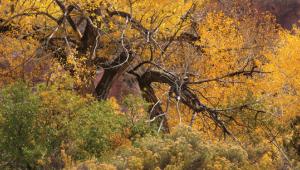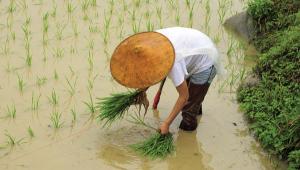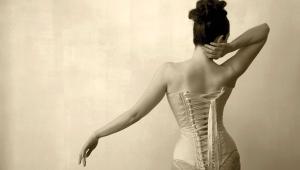A Long Road To A Happy Accident; Photographing Hothouse Beauties
I began as a photographer back in 1952 while in the US Air Force during the Korean conflict. After being assigned to duty in Anchorage, Alaska, I found myself in an environment of great natural beauty, so taking pictures was both logical and a much better option than drinking beer and playing cards in the canteen. The first happy accident in my life as a photographer came as a result of a back injury that led to changing my military job assignment to that of a photographer. Since then, I have found that taking pictures of the subjects I find beautiful is seldom satisfied by paid assignments. Getting out to take pictures of landscapes and nature became a rare "busman's holiday" from the day-to-day of a career photographer making a living.
 |
|
|
Most of that career work took place in Hollywood, doing every kind of editorial, promotional, and commercial assignment. It was not a boring career, but still, for pure pleasure and creative enjoyment I discovered that heading out of town to photograph wildflowers in the desert in early spring was a source of personal photographic satisfaction and enjoyment. Then, in '75, I was invited to join the staff of Petersen's PHOTOgraphic magazine as an editor, which provided a lot more freedom to choose my own subjects, yet I still had to limit my personal preferences to get the job done. When I left Hollywood in '89 for the Northwest I only had one professional assignment to photograph flowers, and that was one day making shots of a grower's tiger lilies that took only a few hours.
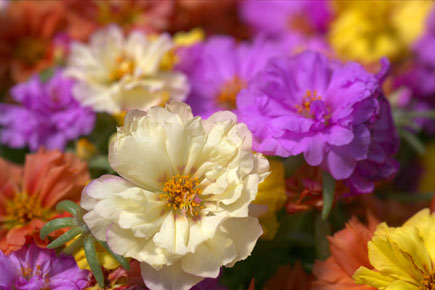 |
After a 10-year hiatus in Seattle and then Eugene, Oregon, I returned to Lompoc, California, where my wife and I had a home for a number of years. Moving to Lompoc was another happy accident; the town is a center of flower growing, where the Bodger Seed Company opens its extensive greenhouses to the public one day each spring. I have spent the better part of a day photographing in the Bodger greenhouse every spring for the last eight years, and would like to share a few of the pictures and some of what I have learned from that experience.
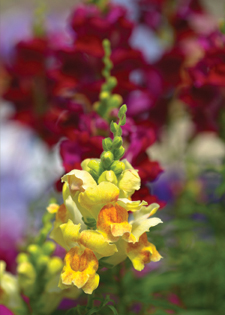 |
|
|
The Problems And Pleasures
I use the alternative term hothouse for greenhouse because on a warm sunny day
a greenhouse can be more like a steam bath than anything else, and one of the
greatest challenges is to keep the perspiration out of your eyes so you can
see through your camera's viewfinder. Otherwise the hothouse has several
photographic advantages. The light is fairly even and soft, as the entire
roof-ceiling becomes a very large light source, providing some directionality
to define shapes with soft-edged shadows. Today, however, most commercial greenhouses
are made with a semi-clear fiberglass that acts like a kind of filter. The exceptions,
still made with glass panes, are either small private greenhouses or the few
rare public antiques of architecture like the Conservatory in Golden Gate Park
in San Francisco.
Fiberglass can filter the light in somewhat unpredictable ways, in part due
to some diffraction caused by the glass fibers and the resin material that bonds
the glass fibers into solid sheets. If the fiberglass is a few years old the
resin can also become colored, which varies depending on how it was manufactured.
If different parts of a greenhouse roof were replaced at different times you
can see the differences, reminiscent of one of the more frustrating indoor lighting
environments: older office or store buildings with fluorescent ceiling fixtures
where the tubes have been replaced randomly as they burned out. This results
in lighting conditions where every location in the building is lit by a different
and impossible-to-balance color of light. A fiberglass commercial greenhouse
can be almost as challenging.
 |
Greenhouses, even on a cloudy day, are bright enough to photograph handheld without any supplemental flash or other lighting. The first time I photographed at the Bodger greenhouse I used a 35mm film camera and my favorite "nature" film, Fujicolor Reala 100, which I would then scan. So I could, in the pre-scan adjustment, correct for any off-color casts that were the result of fiberglass filtering. The last half dozen years I have photographed the flowers with a D-SLR, using a Canon EOS 5D the last three. With digital I find that setting the camera's white balance to automatic adjustment (AWB) works best; after downloading that has been confirmed by various exposures with Exif data showing the camera white balance auto setting varied for one shot to another to well over 1000° Kelvin. This is in part due to the direction my camera was pointed: much warmer if pointed in the direction from which the sun was shining and much colder if in the opposite direction, where the light was coming from open blue sky. Of course the color temperature on an overcast day would be more constant.
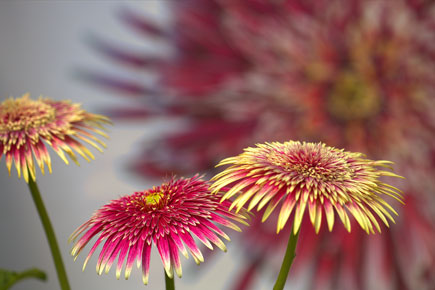 |
I tend to photograph flowers rather close-up so my lens selection has been mostly limited to using a 100mm f/2.8 Macro, and I usually set the camera with an aperture wide-open or not stopped down to more than f/4, using the Aperture-Priority AE camera exposure setting. Sometimes, when I am in a more lyrical mood, I will use a Fujinon 85mm f/4 SF (Soft Focus) lens, which is quite old. It has the old Pentax screwmount, for which I have a Canon EOS lens adapter; and again, I set this lens at f/4 and the camera on Aperture-Priority AE. The Fujinon SF portrait lens records much lower contrast images so I use the camera's menu options to increase the Contrast 3x and the Saturation 2x so I won't have to do as much color correction adjustment when I download the image files. The Fujinon SF lens, of course, has to be focused manually, but I also shoot the Canon Macro at wide apertures in manual. This allows me to find the focus plane more readily and in fact I find autofocusing an inconvenience for this work. I also set the camera to record in raw format and Adobe RGB output.
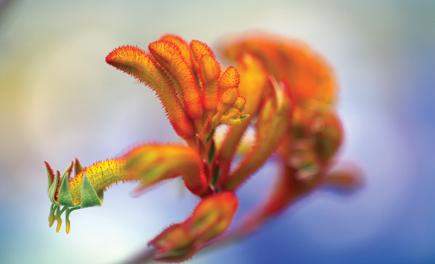 |
|
|
Processing In The Digital Darkroom
On my first two photo visits to the Bodger greenhouse I shot 35mm color negative
film. So when I got the film processed I ordered processing only and had the
finished film delivered in uncut rolls, which I then mounted the frames in heavy
pro plastic slide mounts for scanning. At the time I was using a Minolta DiMAGE
Scan Elite 5400 scanner to which I had added LaserSoft's SilverFast Ai
software. The two controls that were essential, besides setting the Histogram
(Photoshop Levels) as well as brightness and contrast, were being able to adjust
the White Balance and, in the Histogram dialog, to adjust the amount of Color
Cast Removal. This latter adjustment in nearly every case allowed me to "dial"
out the odd yellow-green-brown effect of the fiberglass filtering of the sunlight
coming into the greenhouse.
- Log in or register to post comments




